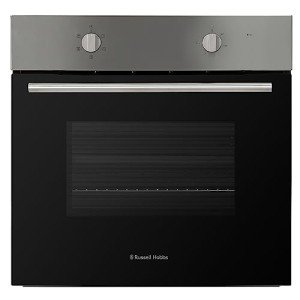10 Healthy Built In Range Habits

Comprehending the Built-In Range: A Deep Dive Into One of the Most Versatile Programming Features
The built-in function range() is one of the most frequently utilized features in programs, particularly in Python. Its simpleness and adaptability make it an essential tool for developers, engineers, and information scientists alike. In this article, we will explore the essential elements of the built-in range function, its syntax, use cases, and some useful examples to help you take advantage of its power in your coding ventures.
What is the Built-In Range?
In Python, the range() function produces a sequence of numbers. It is frequently used for iteration, especially within loops, allowing programmers to execute a block of code a specific variety of times without by hand defining each iteration.
Syntax of the Range Function
The range() function can take one, two, or three arguments, and its basic syntax is as follows:
range( start, stop, step).
start: The beginning point of the sequence (inclusive). If omitted, it defaults to 0.
stop: The endpoint of the series (unique). This argument is needed.
action: The difference between each number in the series. If left out, it defaults to 1.
Examples of Using Range.
Basic Usage: Using range() in a simple for loop to print numbers from 0 to 4:.
for i in range( 5 ):.
print( i).
Output:.
0
1.
2.
3.
4.
Specifying builtin ovens and Stop: You can specify both a starting point and an endpoint:.
for i in range( 2, 6):.
print( i).
Output:.
2.
3.
4.
5.
Using a Step Value: The step specification permits you to control the increments:.
for i in range( 0, 10, 2):.
print( i).
Output:.
0
2.
4.
6.
8.

Counting Backwards: The action can also be unfavorable, permitting counting down:.
for i in range( 5, 0, -1):.
print( i).
Output:.
5.
4.
3.
2.
1.
Practical Applications.
Iterating Over Lists: While using range() prevails in for loops, it can likewise work for repeating over the indices of a list.
fruits = [' apple', 'banana', 'cherry'] for i in range( len( fruits)):.
print( f" i: fruits [i] ").
Output:.
0: apple.
1: banana.
2: cherry.
Developing Number Sequences: The function comes in handy for producing sequences of numbers, which you might need for algorithms or information control.
number_list = list( range( 10, 21)).
print( number_list).
Output:.
[10, 11, 12, 13, 14, 15, 16, 17, 18, 19, 20] List Comprehensions: range() works beautifully with list understandings for more condensed expressions.
squares = [x ** 2 for x in range( 5)] print( squares).
Output:.
[0, 1, 4, 9, 16] Conclusion.
The built-in range function is a fundamental feature in Python that supplies an easy method to produce series of numbers, which can be utilized for a range of shows jobs. Whether you are working on loops, generating lists, or carrying out algorithms, understanding how to utilize range() is crucial for effective Python coding. As you continue to check out the language, you'll undoubtedly find new ways to utilize this effective tool, making your shows jobs more efficient and streamlined.
